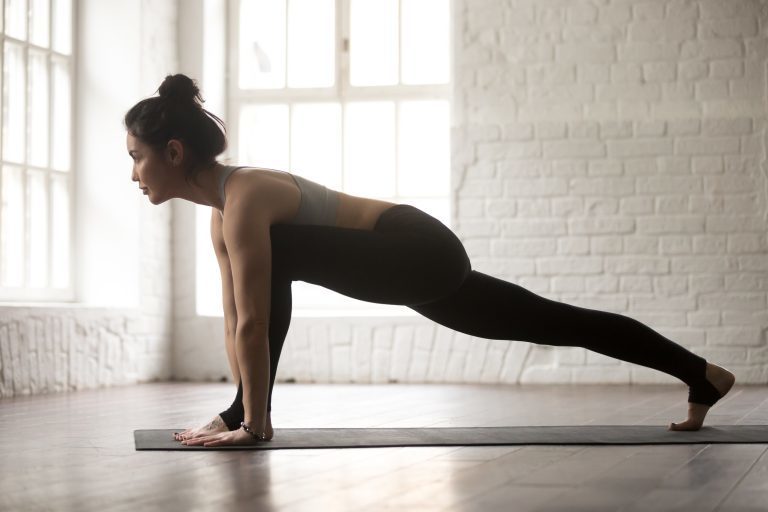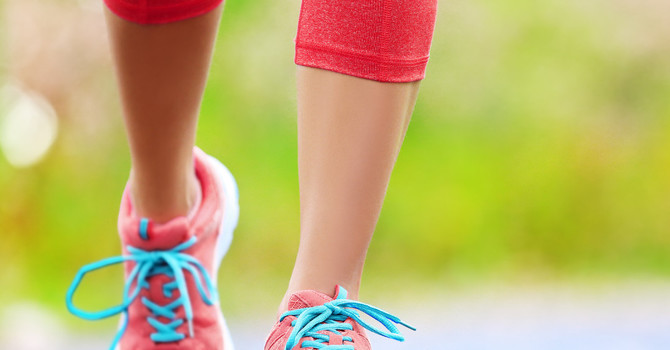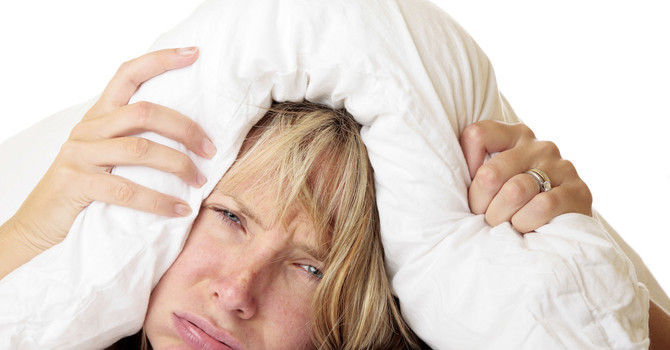
Short answer: Absolutely! Let’s take a closer look at two separate muscle groups and their relationship with low back pain. These two muscle groups include the hip flexors and the deep hip rotators. The vast majority of society will sit for the majority of the day and become less active with aging. The result of this is tight hip flexors, a change in the position of the pelvis, loss of hip mobility/range of motion, and among other things can lead to low back pain.
Let’s look at the hip flexors first. These muscles run from the spine of the low back all the way down to the inside of the hip. Their job is to lift the leg up in front of the body for activities like walking and running. Duh, right?!
Well, when we sit for long periods day after day these muscles are put in a shortened position and eventually they will adapt to that and become tight. The tighter the hip flexors get, the harder it is to extend the leg back behind the body.
So now that we can’t extend the hip guess what the body does? It says no big deal, we’ll just extend the spine more! The low back becomes overworked resulting in pain.
Finally, the deep hip rotators. These muscles help stabilize the hip and rotate it in and out. Similar to the hip flexors above, sitting for long periods or lack of use will lead to tight hip rotators and a loss of mobility and range of motion.
When the range of motion in the hip becomes limited the low back is forced to work harder to make up for the deficit. This again can lead to low back pain, hip pain, and groin pain among other things.
.jpg)
.jpg)


